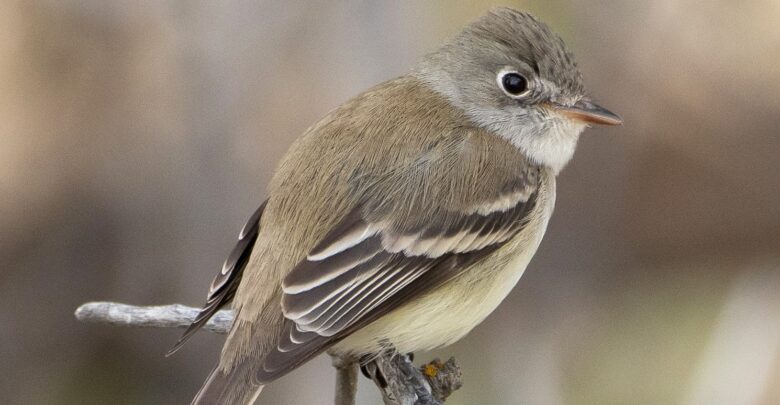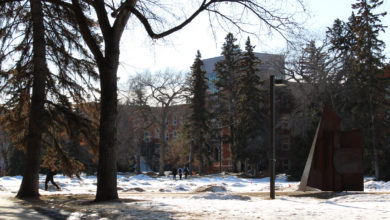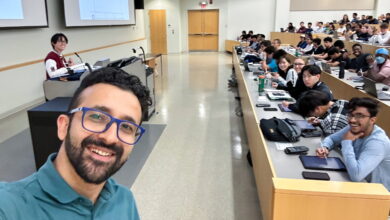 Darren Clark
Darren ClarkGlen Hvenegaard, a professor at the University of Alberta’s Augustana Campus in the department of science, recently co-authored a paper investigating the migration patterns of the Least Flycatchers bird species. The paper finds that, over the past 32 years, migration patterns have changed and the Least Flycatchers species overall has declined in population.
Hvenegaard began his academic career at the U of A, obtaining both his Bachelor’s and Master’s degrees here. He has worked with the Beaverhill Bird Observatory over the course of his career. When asked about his motivations to continue his research, Hvenegaard said that his “motivation is to help conserve birds.”
“We’ve seen a dramatic decline of all birds. In the last 50 years, 30 per cent of all of the populations of all birds have declined,” Hvenegaard said. “So my goal, my motivation, is to protect these birds through habitat management techniques [and] recovery efforts.”
The Least Flycatchers were chosen to be studied because they are “declining rapidly but [are] still common.”
“That allowed us to analyze this group before populations declined too much. We still had a decent sample size,” Hvenegaard said.
When asked if other bird species may have similar migration habits to the Least Flycatcher, Hvenegaard noted that “[it] depends when the bird the species undertakes its molt.”
“That means they’re losing feathers and regrowing new feathers, and that will affect how early or how late they undertake migration or how they respond to climate change.”
Bird migration patterns also depend on “whether they have two broods [a group of baby birds that are born in the same batch] in a summer or just one brood in a summer, those are some of the variables that are affecting them,” Hvenegaard said.
“We ought to react accordingly with the efforts to reduce climate change and habitat loss,” Hvenegaard says
Least Flycatchers are an integral part of their ecosystem. Without them, “we’d see some shifting of prey availability for other species in terms of those birds being predators, [and] other animals eating them,” Hvenegaard explained.
The study began collecting data in 1991, and ended in February 2022, having lasted 32 years. Throughout the study, methods used to collect data remained consistent. Researchers used bird banding techniques, which are rigorous and high in accuracy.
“We can assess when the earliest bird leaves, the latest bird, when the majority in the middle leave, and we can make those comparisons over time,” Hvenegaard said.
Many fields of academic research have seen large improvements in technology available to be used to conduct studies. Conservation ecology is no exception to that, as it has had significant developments in terms of technology available to track birds.
One example of the type of technology used today when studying birds is nano tags that use Motus technology, which “track [the birds’] movements whenever they pass by a Motus station,” Hvenegaard said.
This research, and many other studies in the conservation ecology field, have sparked questions as to what will happen to bird species in the future due to climate change and other factors. It is important that we “take notice and we ought to react accordingly with the efforts to reduce climate change and habitat loss,” Hvenegaard said.
As migration patterns continue to change and bird populations decline, studies like Hvenegaard’s aim to help guide the next steps forward.




